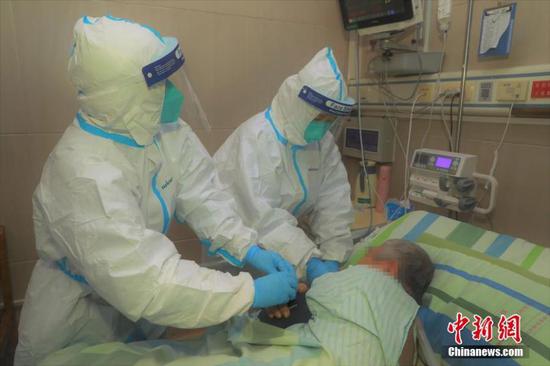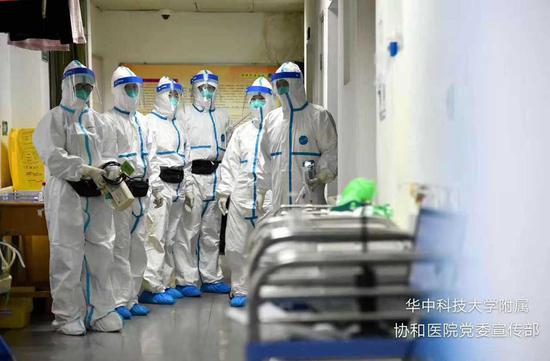15 patients test positive for strain as pneumonia cases probed in Wuhan
The mysterious pneumonia outbreak that has sickened about six dozen people in central China is linked to a new strain of coronavirus, Chinese researchers said on Thursday, adding that more investigation is required to unravel the novel strain.
Coronavirus represents a large family of viruses whose impact on people ranges from mild common cold to life-threatening respiratory conditions.
So far, six types of coronavirus are known to be able to infect people, including severe acute respiratory syndrome, or SARS.
The outbreak of the mysterious pneumonia emerged in Wuhan, Hubei province, on Dec 12.
As of Sunday, 59 cases had been confirmed, with seven patients in critical condition, according to the Wuhan Municipal Health Commission.
Fifteen patients have tested positive for the new strain of coronavirus, and researchers have obtained its full genome sequence based on a sample isolated from one patient, according to Xu Jianguo, an academician with the Chinese Academy of Engineering who is leading an expert team on pathogen detection.
He said more analysis and research are needed on the virus following the preliminary result.
The World Health Organization, which is closely monitoring the outbreak, also said on Thursday that further investigations will be devoted to determining the source of the virus, its mode of transmission and extent of infection, as well as what countermeasures should be taken to curb its spread.
"As surveillance improves, more coronaviruses are likely to be identified," the WHO said.
According to Xu, it will take weeks to isolate the virus from those infected and determine how it attacks human bodies.
"To create a drug targeting the virus or a vaccine is likely to take years," he added.
According to the Chinese Center for Disease Control and Prevention, six types of coronavirus have been identified, including SARS, which killed 774 people during an outbreak from late 2002 to 2003, and the Middle East respiratory syndrome that has claimed 851 lives since 2012.
Both of the fatal viral infections had already been ruled out by researchers as the cause of the cluster of pneumonia cases in Wuhan last week, as well as bird flu, adenovirus infection and influenza.
The remaining four members of the coronavirus family make up 10 to 30 percent of upper respiratory infections worldwide.
In most cases, these viral infections will lead to mild symptoms such as headache, fever and sore throat, the center said.
In Wuhan, health authorities have put 163 people who had close contact with the infected people under medical observation, and efforts to trace others who might have been exposed to the virus are ongoing.
On Wednesday, eight hospitalized patients were discharged from the hospital after showing no fever or other symptoms of pneumonia for several days, according to a China Central Television report.
On Jan 1, a local seafood market in Wuhan where some patients worked was temporarily shut down and thoroughly disinfected.


















































